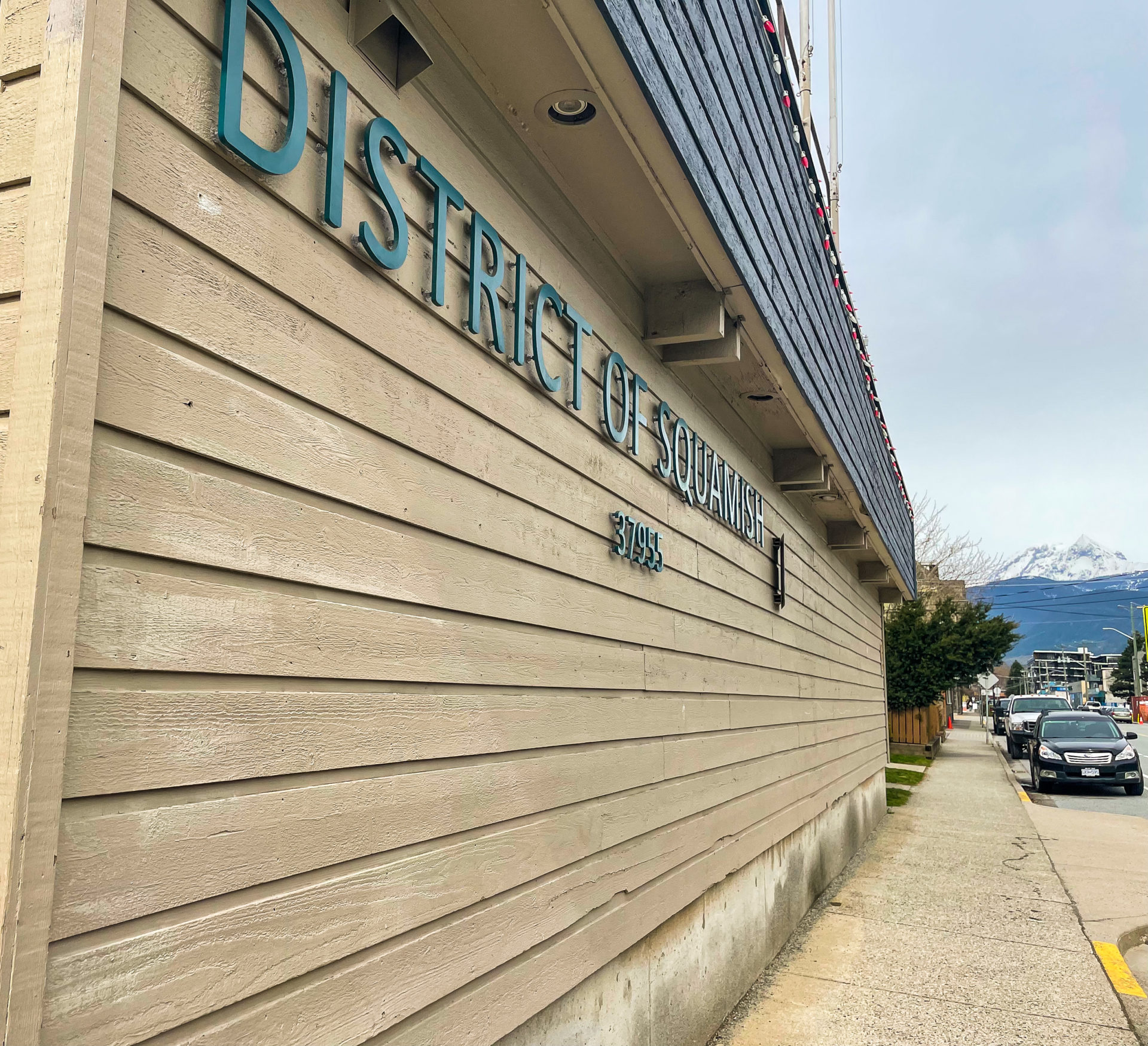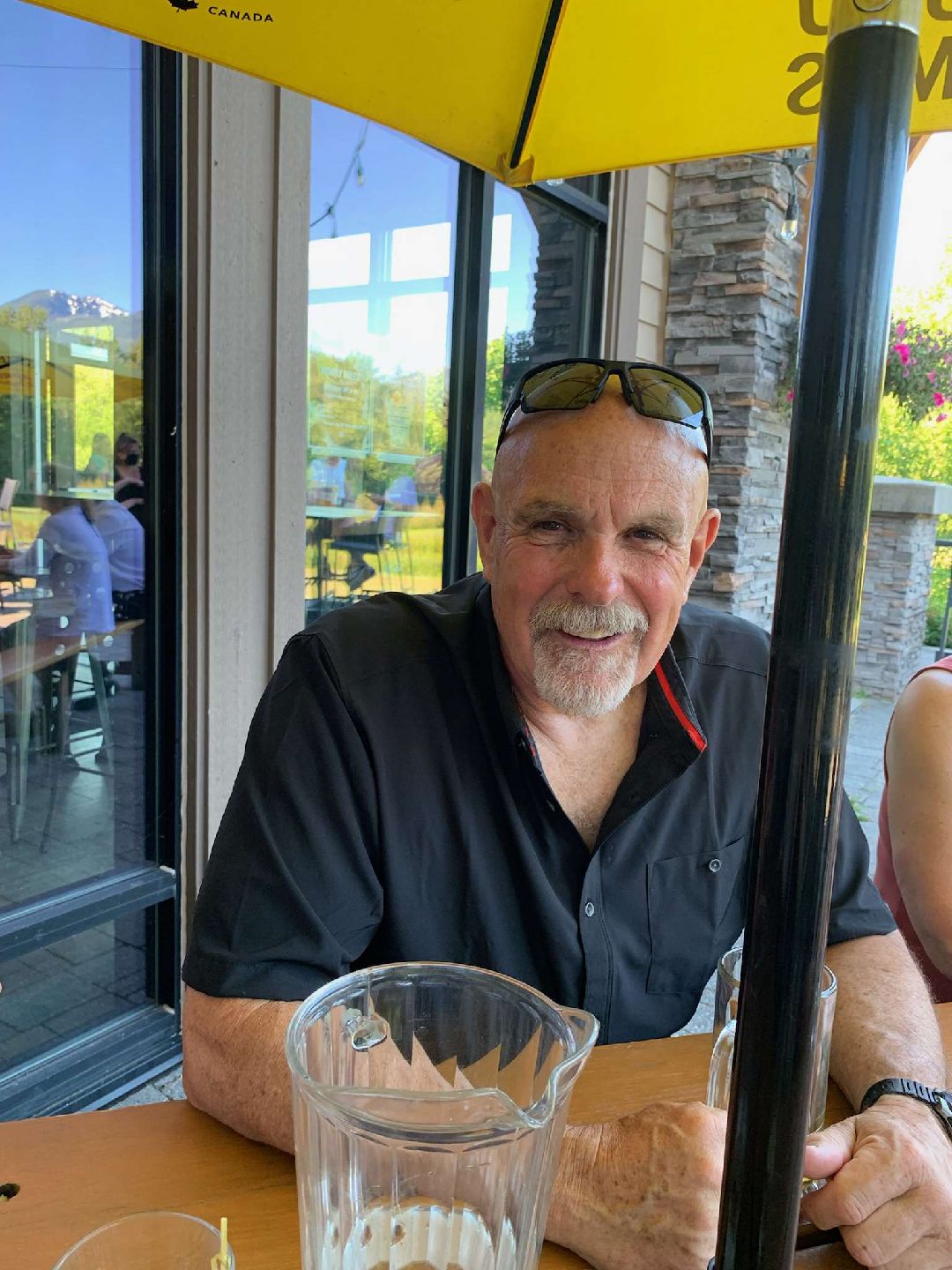As we are hearing, City Hall, the Public Works Administration Building, the downtown school board offices and bus garage and Brennan Park are all past their due date and need to be replaced. We also need a new transit hub that is estimated to cost millions of dollars. Over the next few years, these and other public facilities all together are going to cost taxpayers tens of millions of dollars, but they will cost considerably more if built separately.
With the public works building estimates rising from $12 million to now over $22 million, one wonders why the District is even trying to defend this project without looking at alternatives. If the cost of your household renovation went from $12,000 to $22,000, I am sure there would be a lot of questions asked of the contractor. Or would you hand them a blank cheque?
SHARED FACILITIES CAN SAVE TAXPAYERS MONEY
There are so many examples of municipalities sharing services that it would take pages to list them all. Just around here, there are many examples in the Cities of Vancouver, Surrey, Coquitlam, Burnaby, Richmond, North Vancouver, Port Moody, Powell River, West Kelowna, Parksville, Langford, the Districts of West Vancouver, North Vancouver, Abbotsford, the towns of Qualicum Beach, and in the villages of Kaslo, Keremeos all have shared facilities. And yes, here in Squamish, we also have the wonderful shared Eagle Eye Theatre, which was built in a time long ago when we were a community that understood the value of a dollar and the strength of working together. Does anyone believe that the Eagle Eye Theatre would have been built if the cost of construction wasn’t a shared cost between the school district and District of Squamish?

There may be an argument for a new public works yard administration building, but why a stand-alone public works yard administration building? If the District must borrow money to build the public works yard administration building, it appears that it was a mistake to assume there was only one way to build the public works offices. There are many options:
First Option: Why couldn’t the public works yard be joined with a new city hall building?
Both buildings house municipal staff and require offices and meetings rooms. Why does city hall have to be downtown? Can we avoid an expensive lease by choosing a new site?
- District of Squamish owns the public works yard land and will not have to pay additional developer funds to lease offices on private land.
- Parking downtown is at a premium. A site out of the downtown area will help with parking issues.
- The public works site is on a bus route.
- As we saw during the Covid lockdown, council can meet anywhere.
Plus, with the experience in the past two years living with COVID, we witnessed the significant closure of city hall for almost two years, with staff working from home, and to their credit, everything that was needed from city hall was placed online. Council controls variances, so height variances to build a larger and higher building to encompass city hall would not be a problem. There would be a huge cost-saving, and we would own a city hall building after 20 years instead of nothing if city hall is leased from a private developer as is presently being discussed.
With so many financial challenges and so much needed in our fast-growing town, why is council only looking at stand-alone buildings? A stand-alone city hall, a stand-alone public works administrative building, a stand-alone transit hub, a stand-alone library. If this happens, then we can expect to see a stand-alone school board office and a stand-alone school board bus garage. We are just one taxpayer, so why must we have to continue to pay taxes to the school board to build their own administrative building, as well as taxes to the city to pay for their own offices. Taxes to the school board to build their board office & transit facilities and taxes to the city to build their own public works and transit facilities is a short-sighted and fiscally reckless use of taxpayers’ money. We are also constantly told the District has limited land available, so we must make the most of it.
At the end of the day, there is only one taxpayer.
SECOND OPTION: OUR REAL ESTATE MASTER PLAN SAYS PARTNERING SHOULD BE EXAMINED – WHY NO FOLLOW-UP?
On page one of our Real Estate Facilities Master Plan (REFMP), it states we should:
- Explore partnerships to share facilities where possible
- Engage in ongoing consultation on facilities and land and land investments of mutual interest.
The REFMP does state that partnering ought to be examined, but why has the District failed to adequately explore avenues to reduce the impact to the taxpayer in their analysis of these proposed new facilities. Around the world, progressive municipalities are making the best of limited tax dollars by building joint facilities. This saves the taxpayer both capital and operating money, also creates community hubs that are “one-stop shops” for services and allows the staff of the various departments and organizations to collaborate better.
This report was written in 2018, yet it wasn’t until 2022 that the District finally met with school board staff to even discuss possible partnerships after the school board made the request. Why did it take 4 years after the REFMP report was written and months after a letter was written to the District proposing the idea of a shared community hub with the city and school district to initiate a discussion of joint facilities? And why was it only after the school district read in the local paper about the District going it alone to lease a city hall and had to write a letter citing their interest to join in a discussion of a joint facility that the District met with the school district staff? The School Board owns two large developable pieces of land in the downtown whose land values can be allocated to such a joint venture. But the trouble is a lack of vision and honest intent to seriously look at such joint ventures.
Simply put, Council has done a poor job of bringing in the public & other stakeholders or possible partners. The REFMP was completed in 2018, The District has had 4 years to engage the public, engage the school district, to work with the community to create a vision, to look and cost alternatives. This has failed to happen and now, city council is blaming the public for rejecting a building equipped with two kitchens and is for the sole use of the public works staff!
Hopefully, the muni will hold off on any move to build any stand-alone facilities until there has been a comprehensive total cost study undertaken and a thorough public engagement for all these facilities. With over 1700 people saying they did not support building the public works administration building, surely this will give the muni some cause to pause to explore other options to better utilize the already heavy tax burden.
There seems to be a great deal of public angst in Squamish these days. Neighbourhoods are up in arms, seniors are upset, sports teams and organizations are upset. The recent refusal by over 1700 citizens to support replacing the Public Works Yard administration building is indicative of this angst. Perhaps the issue with our current leaders is what Andy Yan, director of the SFU ‘s university’s city program said in a recent article.” “A sense of entitlement is a problem too. It’s to say that, ‘Oh, it’s a public workshop. So, of course, it’s got to be passed.’ Well, no, I think a lot of people want to see value for the money.” If this is true, then the district has to show why joint facilities will not work.
Third Option: District Hubs
Squamish has been growing fast for a number of years. The District Staff and Council have a lot on their plate – lots of problems to solve, and many things to spend money on. However, collaborating on District Facilities is on of the areas where real money could be saved, and true District hubs can be created – hobs that will get our district staff our of their silos and working together for the community.
With the anger recently demonstrated by over 1700 of our residents, that lead to the defeat of the Alternative Approval Process for the public works building and the anger with Council over moving forward to signing a lease for a new city hall without community approval, looking at more joint facilities that will create collaboration hubs and save taxpayers money it a solution that needs to be fully examined & pursued.




